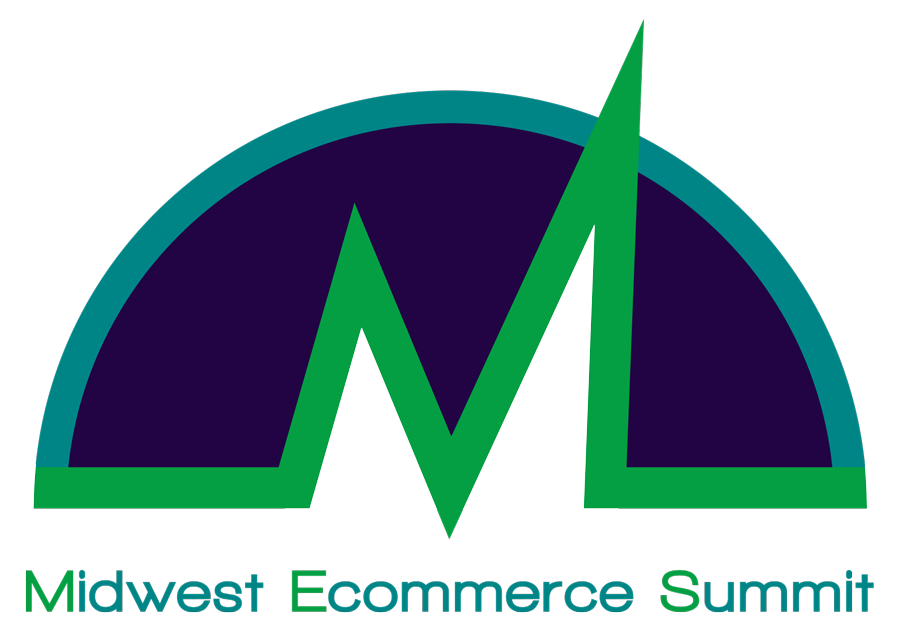
The following guest post was written by Victoria Fryer from BigCommerce for Midwest Ecommerce Summit readers. You can find more blogs and content from BigCommerce here. Follow BigCommerce on Facebook, Twitter, LinkedIn, or Instagram for the latest updates.
Think about the last time you moved. Despite the logistical nightmare that no one enjoys, people still move — to bigger or smaller houses, bigger or smaller cities, taller mountains or more water.
Replatforming your ecommerce store involves many similar types of decisions. To know what kind of platform to choose, you have to know what you want your business to look like as it grows. (You wouldn’t move to a bigger city if you were looking to double down on open sky.)
Then comes the process of taking apart everything that exists and putting back together in a new place — best left to professionals whether you’re talking about houses or ecommerce platforms!
After a day of grumbling, “Whose idea was this?” and a couple of weeks of, “I’ll never move again,” you start settling into your new life and see all the possibilities in your future.
Or the water main breaks.
Choosing an ecommerce platform and related tech stack is a decision very personal to your business, and replatforming is a big effort that’s not to be taken lightly. But if you haven’t examined your platform through the lens of your long-term business strategy, it’s certainly a worthwhile exercise.
In this article we’ll talk about some of the most common drivers of replatforming and the most important factors to keep in mind if you decide to embark on your own replatforming journey.
What Do You Need from Your Ecommerce Platform?
Some platforms have a lot of features out of the box, making set-up quick and easy but customization down the road more difficult. Other platforms enable fully customized sites but require lengthier setup and costly development. As you compare platforms, prioritize your needs based on your unique business.
Document the basics.
Start your research with some basic information about your business:
- Current online revenue
- Number of SKUs
- Ratio of traffic versus transactions
- Average order value
- Units per order
- Elements unique to your business — customization, subscriptions, etc.
Assess your customer journey.
If you replatform, you want to be sure that you’ll still be able to deliver the type of experience your customer needs. Examining your own customer analytics and your competitors’ websites, document important touchpoints and critical site functionality — those will help you build your requirements.
Identify the components of your tech stack.
Document all the tools in your ecommerce ecosystem, particularly around customer service, order management, logistics, etc. Will you be able to connect those same tools to an alternate platform? And — do you want to?
Some businesses may want to streamline down to native platform tools, while others prefer a best-of-breed approach, but what’s most important is that your platform enables the ecosystem you want.
The Consequences of Choosing the Wrong Ecommerce Platform
The consequences of cutting corners on that initial research or in your process of vetting other platforms can be costly. You need a platform that can give you long-term ROI as you grow. Here are some of the dangers of ending up on the wrong platform.
High total cost of ownership.
If you aren’t fully aware of what additional costs you could incur based on your ecommerce platform selection, you could end up with a solution that costs much more than you expected — either in fees or staff time and resources.
Poor technical performance.
If your platform can’t keep up with your scaling business or your tech is out of date, you may find yourself with performance problems like site instability or slow-downs during times of peak traffic.
Lackluster customer experience.
To innovate the customer experience and provide a seamless buyer’s journey, your team needs to be agile. Working with an overly complex infrastructure can slow you down, leaving the finer points of your customers’ journey lacking.
The 11 Questions You Need to Ask Every Ecommerce Platform
What do you want your business to look like in five years? Your ecommerce platform has to be on track to scale with you. At a high level, you’ll want to consider factors around price, performance, features, scalability, and ease of use. Here are some of the most important questions you can ask a potential ecommerce solution before you buy.
1. How much is this really going to cost me?
Simply comparing ecommerce software prices can be deceiving. Instead, you need to compare the total cost of ownership — and you may have to ask a lot of questions to dig into what that cost really looks like. What kinds of fees will you incur on top of a software subscription fee or service?
Get clarity on whether the following fees will apply to your business and how much they’ll cost:
- Software licensing
- Hosting and security
- Design and development
- Data transfer
- Transaction fees based on use of certain apps and integrations
2. How fast are your customers’ page load times?
For every platform you evaluate, you need to find out their average merchant’s site speed. Depending on the type of software you’re evaluating (e.g., SaaS, open source, etc.), ask questions about the platform’s hosting environment, year-over-year uptime, and bandwidth.
3. Are your site themes and templates optimized for mobile?
You need to know how equipped you’ll be to deliver the mobile-friendly experience your shoppers want. Investigate whether the platform’s site themes are mobile friendly, and make sure you can have a mobile-responsive site without added development burden.
4. How does your platform help me ensure SEO success?
Search engine optimization (SEO) can be a powerful tool to grow your business — but some ecommerce platforms are better suited in this area than others. If you want to grow a powerful organic traffic engine, make sure your platform has these capabilities:
- Fully customizable URLs and metadata
- Bulk editing
- Sitemaps
- Blog functionality
5. What native search functionality does your platform offer?
Not every search function is created equal. How do your customers find what they need on your site? Make sure the functionality that comes with your ecommerce platform can support that.
6. How well does your platform support content?
Whether you want to enrich your product information with multimedia or build out a blog to support SEO efforts, you’ll need to know what your platform can support and what it can’t.
7. How simple is it to set up on-site coupons and discounts?
Some platforms make it difficult to set up coupons, promotions, and discounts. This is a key marketing tool, and if promotions are integral to your strategy, it’s advantageous to have these features native to your platform and easy to use and customize.
8. Will I be able to sell on marketplaces and via social channels?
The future of ecommerce is everywhere — and that’s where the most successful merchants will sell. When investigating an ecommerce platform, you need to know how easy or difficult it will be to integrate social commerce and sell on marketplaces like Amazon and eBay. Identify what, if any, features or functionality you’ll need to add on that doesn’t come native to the platform.
9. What pre-built design templates or drag-and-drop edit functionality do you offer?
Even if you have a team of developers, starting with a pre-built template can get you from point A to point B much more quickly. Some platforms even include drag-and-drop editors to make it easier than ever to launch quickly with an MVP. One other feature to look for: quality assurance. Some platforms make it difficult or near impossible to preview and test your website before publishing.
10. How do you support catalog transfer?
Different platforms have different offerings around data transfer. This is a crucial part of the process — you need to make sure that whoever is handling that transfer is experienced to do so without opening you up to potential issues or liabilities. Ask every platform how they would support your catalog transfer, how much it costs, and how they mitigate potential traffic loss post-server switch.
11. What kind of training and support will my team have access to?
It doesn’t matter how experienced you are with technology or ecommerce — a new software platform will have a little bit of a learning curve. You need to know what support your ecommerce platform offers during the onboarding process and beyond.
The BigCommerce Advantage
If you’re considering a new ecommerce platform, BigCommerce offers a lot of advantages. SaaS ecommerce has a lower TCO than on-premise platforms, and out-of-the-box functionality can reduce the cost of your tech stack. It’s also relatively easy to use, even with minimal technical knowledge, meaning you can go to market much faster. Even easier? Staying secure. BigCommerce comes with built-in security to protect customer data.
Wrapping Up
Any new purchase comes with risk — whether it’s a house or an ecommerce platform for your growing business. Your ecommerce foundation can impact every piece of your business. That’s why it’s important to do your due diligence around your requirements, strategy, and solution providers.
The top priority is to find the platform that works the way your business does. Once you have a better idea of exactly what you’re looking for, you’ll be able to evaluate the different platforms through the lens of your long-term strategy. Once you’ve done your research and found your next “home,” it’s time to make the move to your future-proof foundation of ecommerce success.


